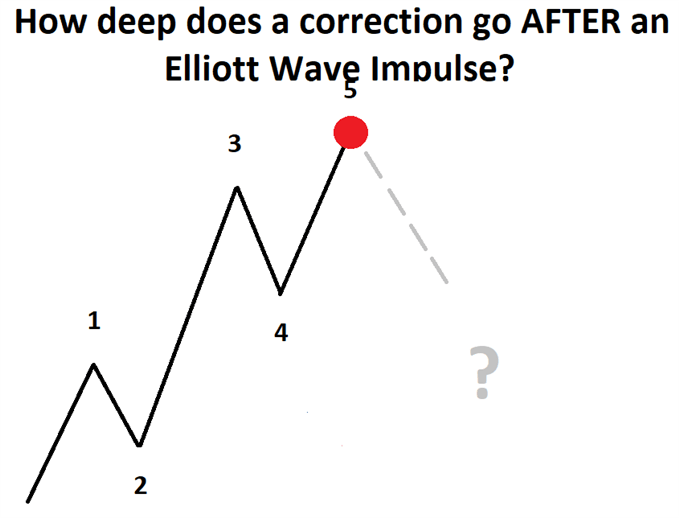What do you know about the Elliott Wave Principle? Many traders skip this instrument as it is not so easy to understand. Yet, it is one of the most effective technical analysis tools available today. Hence, we believe that getting acquainted with it is a must for every trader. Read on to find out how it works and whether it will suit your needs.
To start with, this theory was created by the accountant Ralph Nelson Elliott, who dedicated a significant part of his life to studying the stock market and covered more than 75 years of its history. That allowed him to understand that both traders and the market itself are subject to cycling, rhythms, and waves. As a result, he determined exact patterns that can be utilized to predict further price movements.
According to the basic rule of Elliott Waves theory, traders’ behavior is governed by two types of waves that alternate with each other: motive ones and corrective ones. The first type builds up a major trend, and the second type represents counter-trend pullbacks.
The Five Waves Principle states that each impulsive wave consists of three motive ones and two corrective ones. Another crucial point ― motive waves can include extensions and truncations.
Waves form cycles that differ in duration. So, there are Grand Supercycles (last for centuries) consisting of 8 Supercycle (40–70 years) waves. In its turn, each Supercycle comprises 8 Cycle (from 1 year to a few decades) waves, and so on.
The types of waves manifest proportionality to one another. The more powerful the impulsive waves are, the stronger corrective ones are as well. Meanwhile, in the periods of corrective waves, the general trade volume drops. All markets develop through two alternating phases ― great bull and great bear ones.
Do you have any doubts about whether this theory is worth further studying? Then, here are the key pros for you:
· it is relevant for any markets and timeframes;
· it allows predicting both the direction of price fluctuations and their duration;
· short-term and long-term forecasts;
· one can use special tools to determine waves on the chart;
· it helps to structure oscillations;
· based on psychology.
As for its drawbacks, the most significant one is that it requires profound learning and training, which takes a certain time.
In sum, the theory mentioned may seem a bit complicated. Yet, if you devote enough time to mastering it, it will definitely help you make more reliable and precise forecasts regarding future market movements and, consequently, boost your profits.

